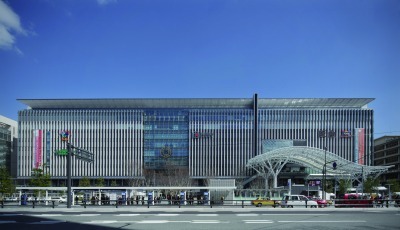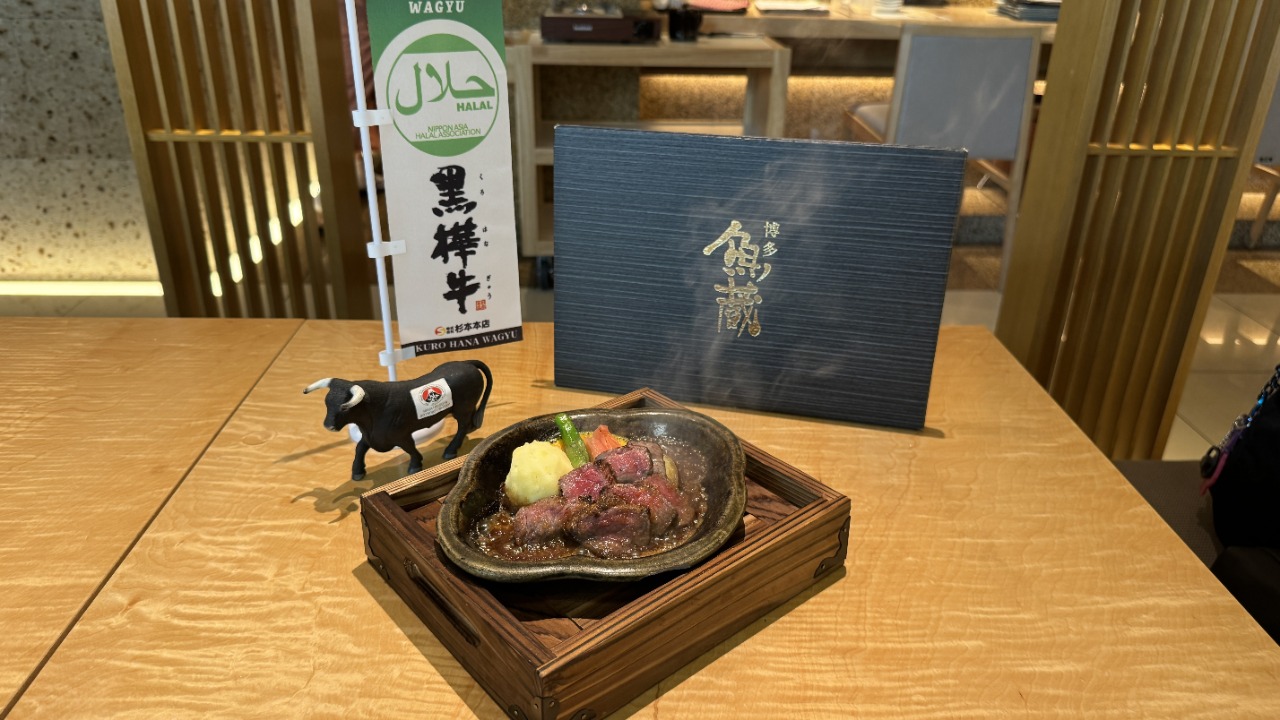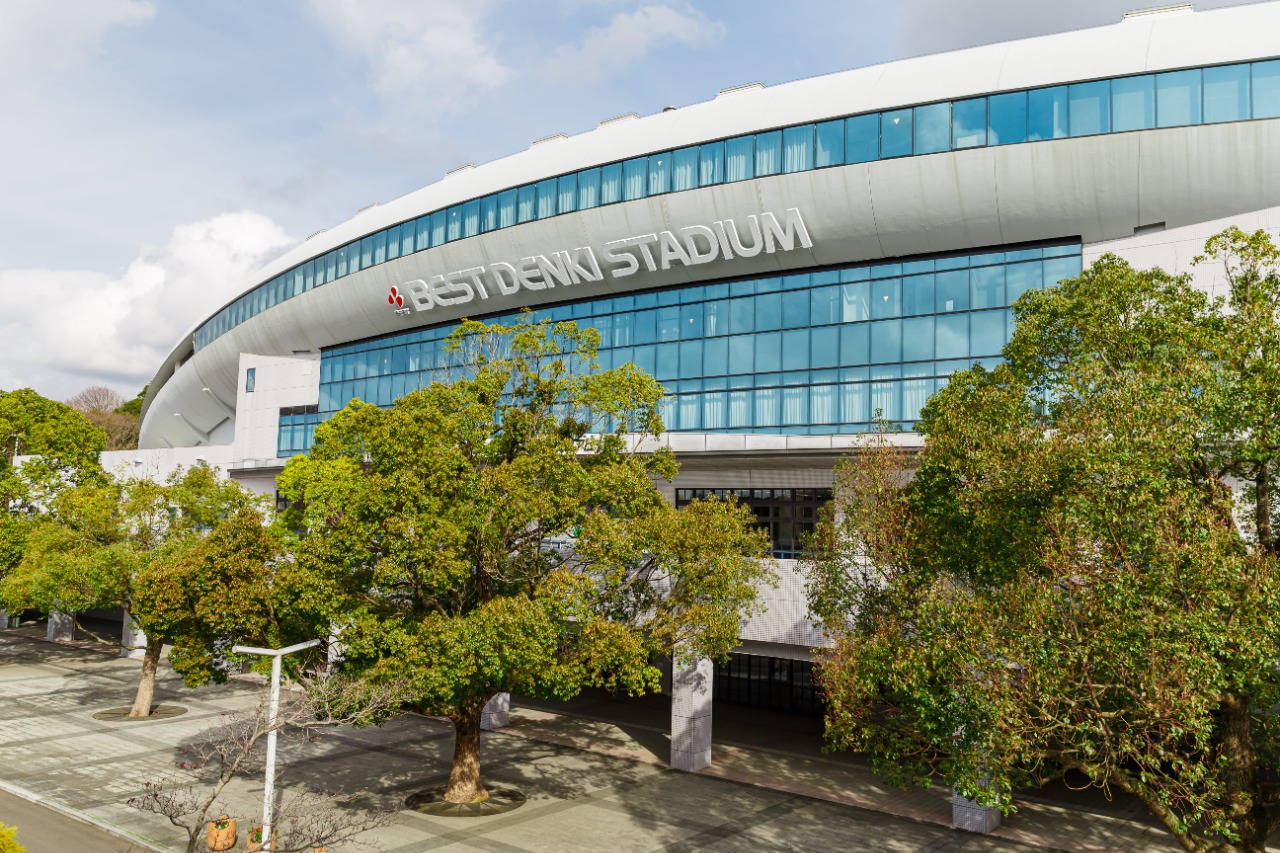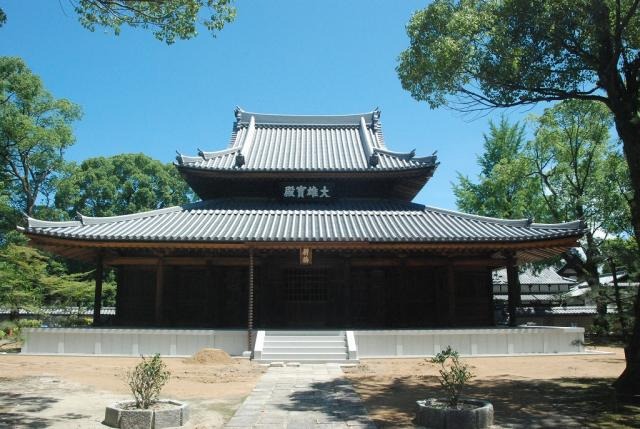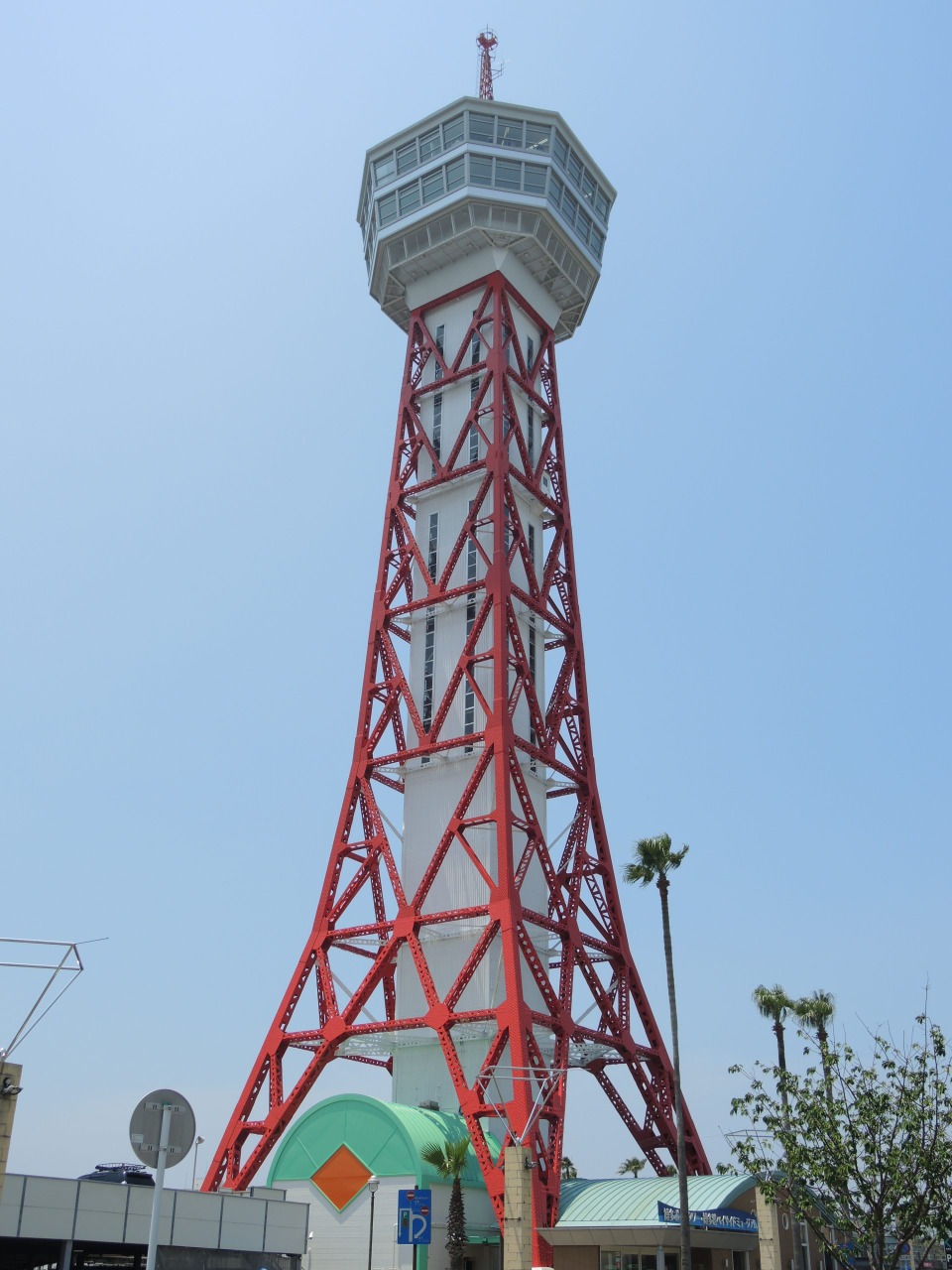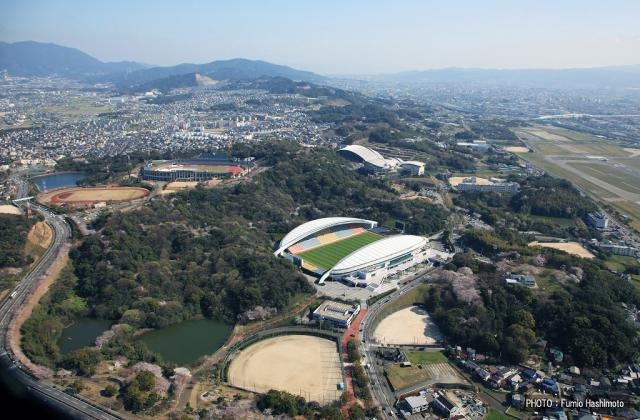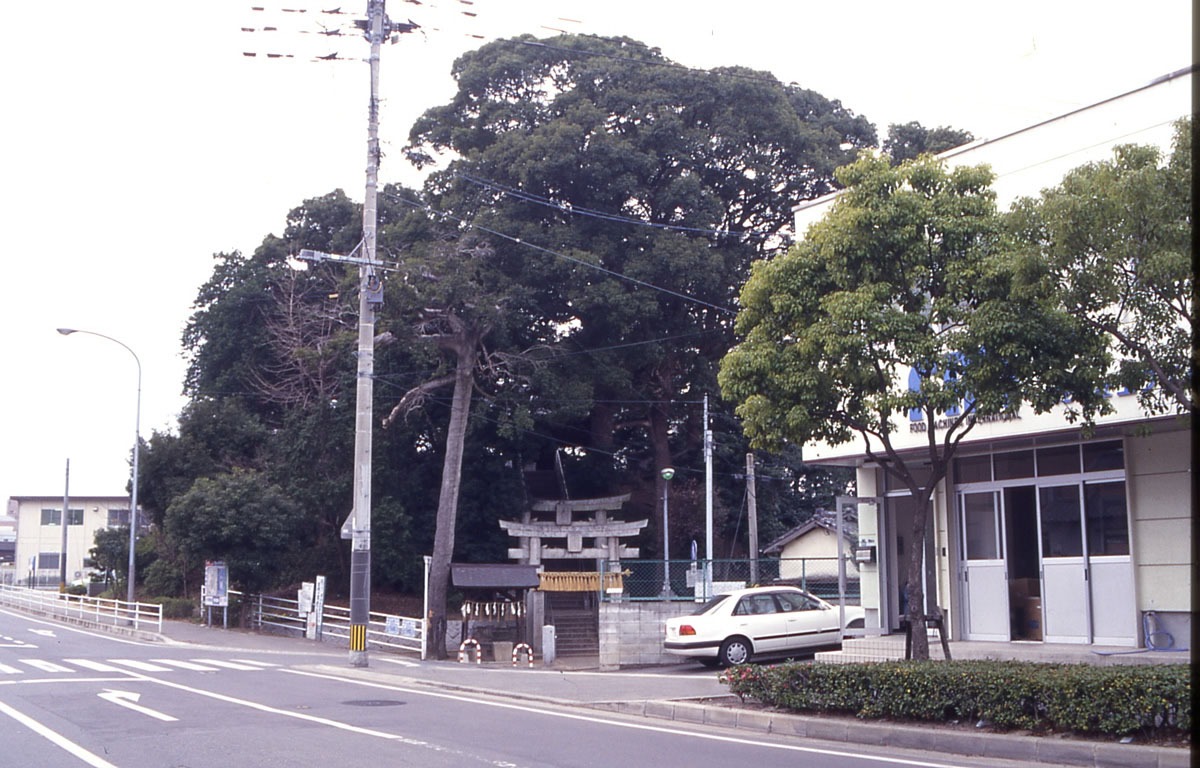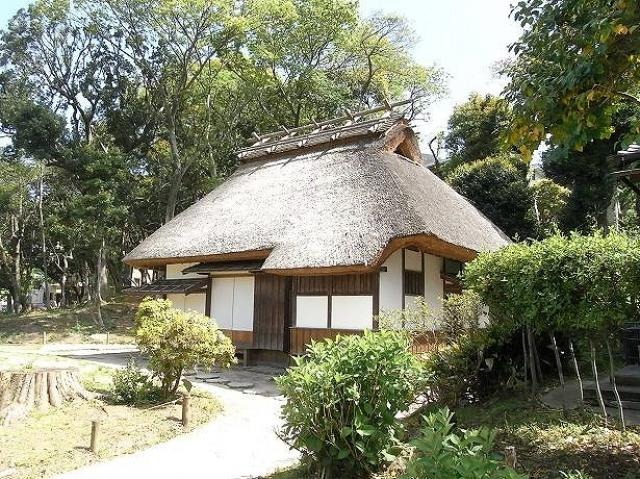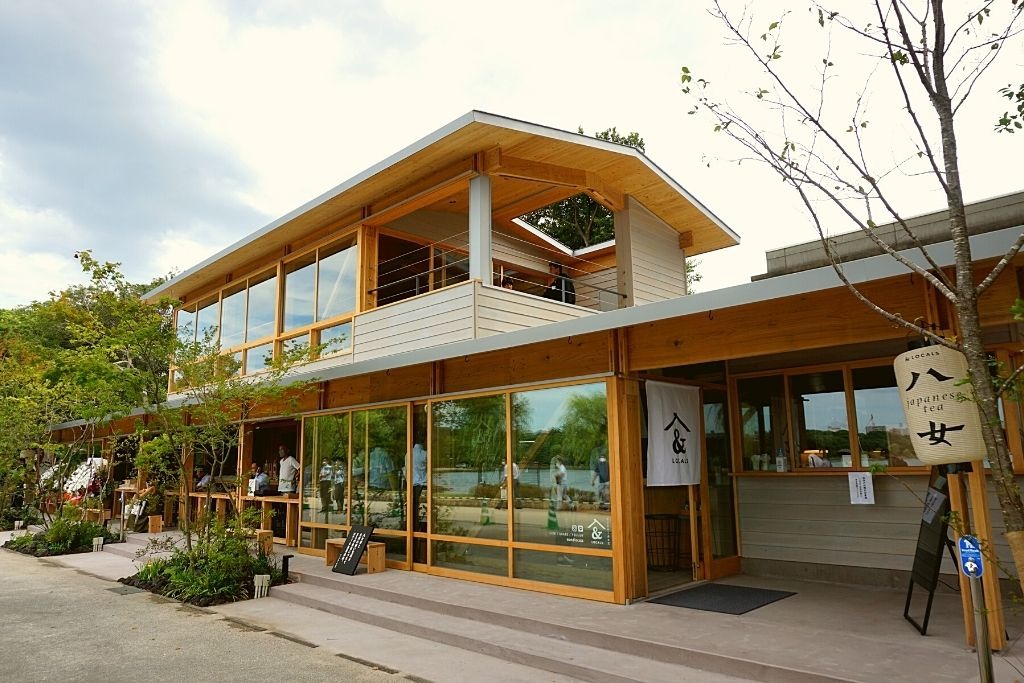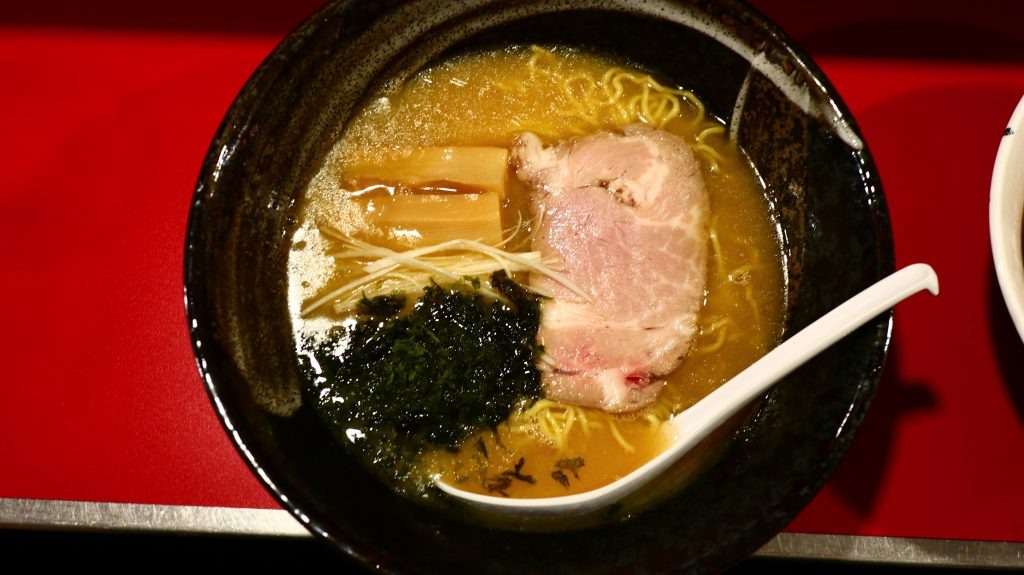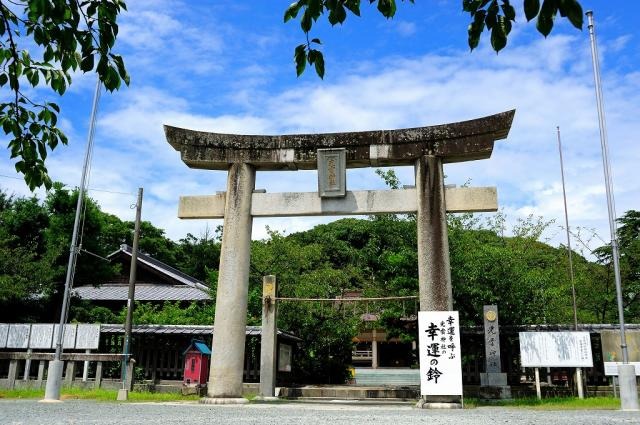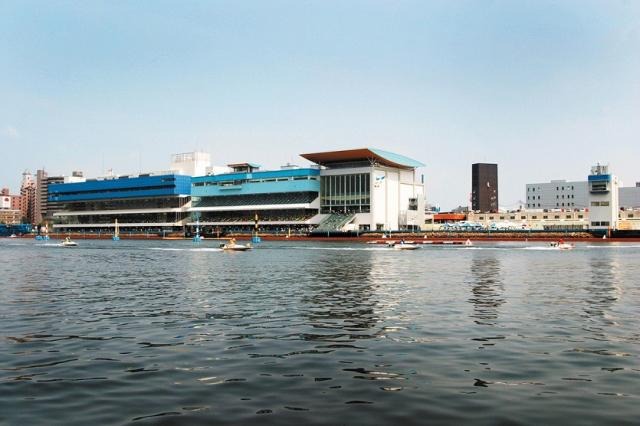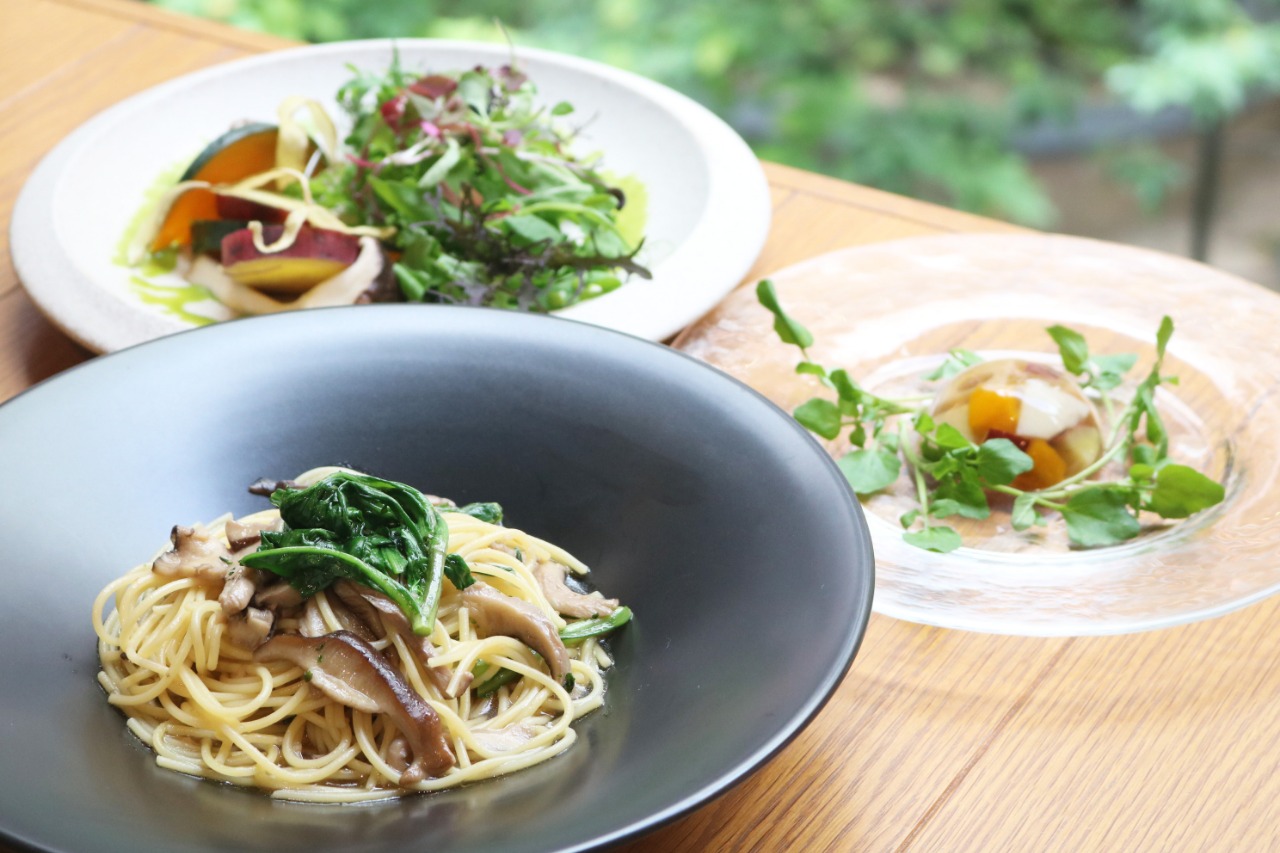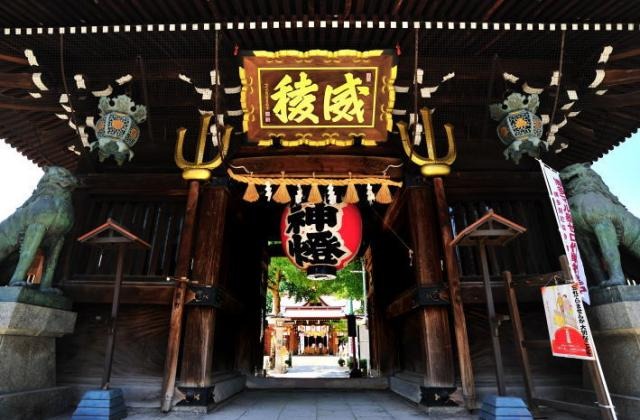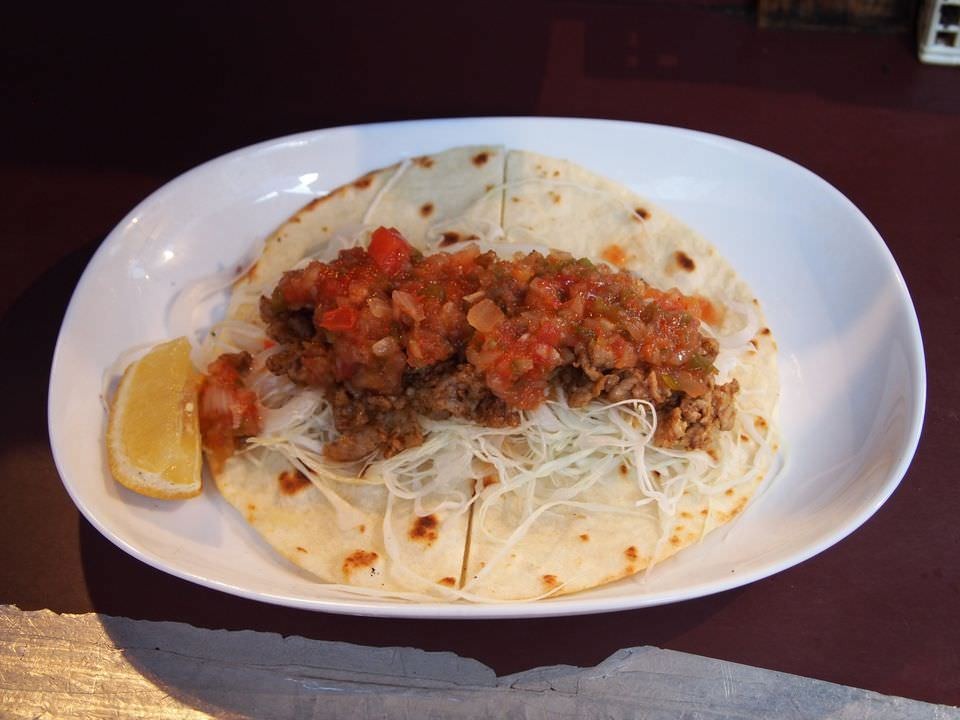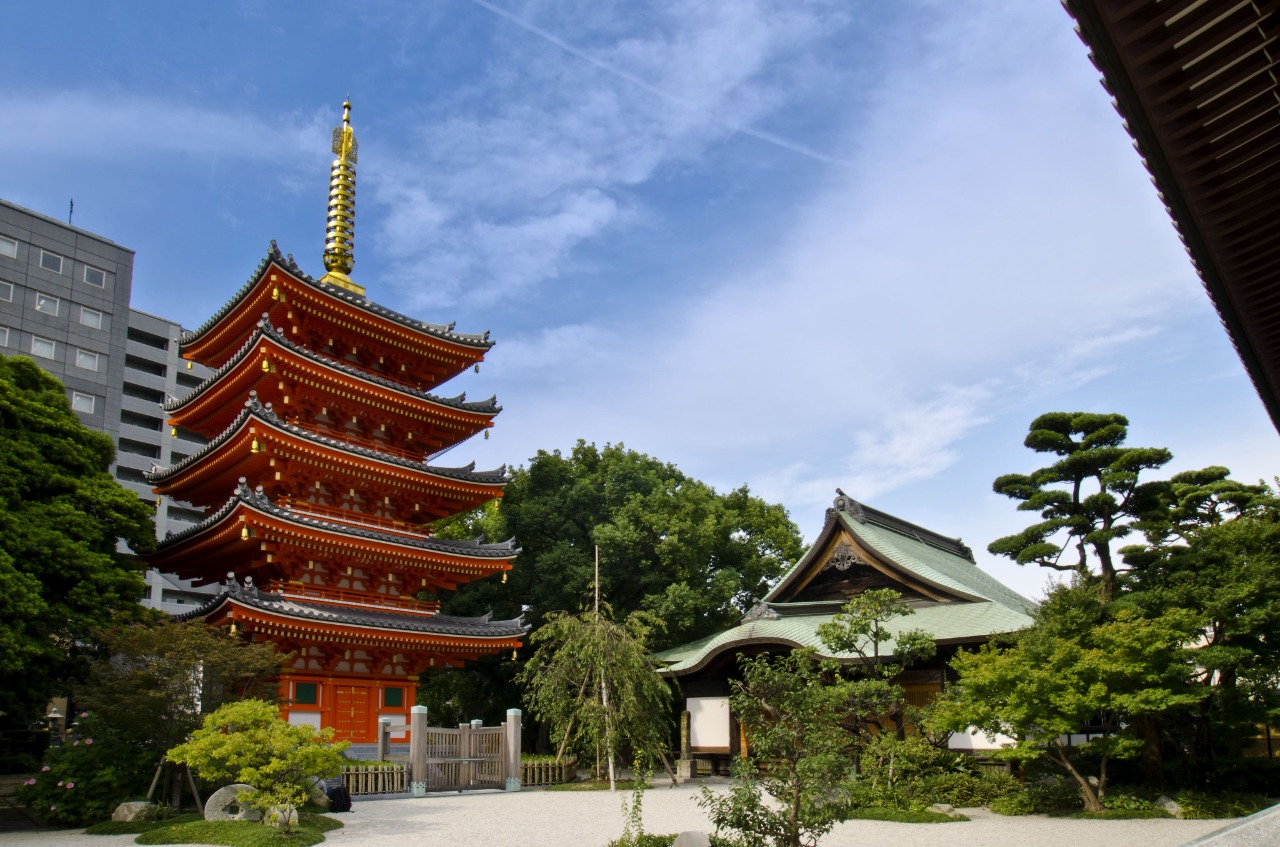
five-storied pagoda
Hakata Area | History & Culture Tochoji Temple
This head temple of Shingon Buddhism Kyushu sect is given the special name Nangakuzan. It is dedicated to a famous monk called Kobo-Daishi (Kukai). According to tradition, Kobo-daishi set up this temple when he came back from China and prayed for the eastward dissemination of Tantric Buddhism. This is one of the oldest temples in Japan that Kobo-Daishi set up. It was originally situated at the seaside area and later relocated to the present site by Kuroda Tadayuki, the second lord of Fukuoka province. This temple became a family temple of Kuroda family and now has graves of the second lord Tadayuki, the third Mitsuyuki and the eighth Harutaka. Miles of land and mountains were donated to the temple. This temple is now designated as a historical site of the city. Senjukan-non Buddhist statue of the temple is from the Heian era. It was carved from a single log of Chinese black pine. The statue is only 87 centimeters in height but stands up with a stately atmosphere. The statue is designated as a nationally important cultural property.
Rokkakudo
Rokkakudo is a hut-contained Buddhist sanctum of great shape and functionality, with revolving bookshelves for sutra inside. It is a designated important property of the prefecture. In 1842, Bungoya Eizo of Hakata raised money from the merchants of western Japan and invited a carpenter named Ito Hirazaemon to build this sanctum and donated it to the temple. 6 feretory doors inside the hut are decorated with pictures and calligraphy by the masters of the time. An exposition ceremony is held on the 28th every month.
The Great Buddha of Fukuoka
The carving of the statue started in 1988 and it took 4 years to finish. The statue is 10.8 meters in height and 30 tons in weight. This is the largest statue of a seated Buddha among the ones in Japan. The ring of light behind the Buddha stands 16.1 meters in height and is carved with numerous images of Buddha. Besides the statue is a treasure exhibition hall.




